Decorating & Design
15+ Ways To Minimize Your Environmental Footprint At Home
Updated on September 17, 2024
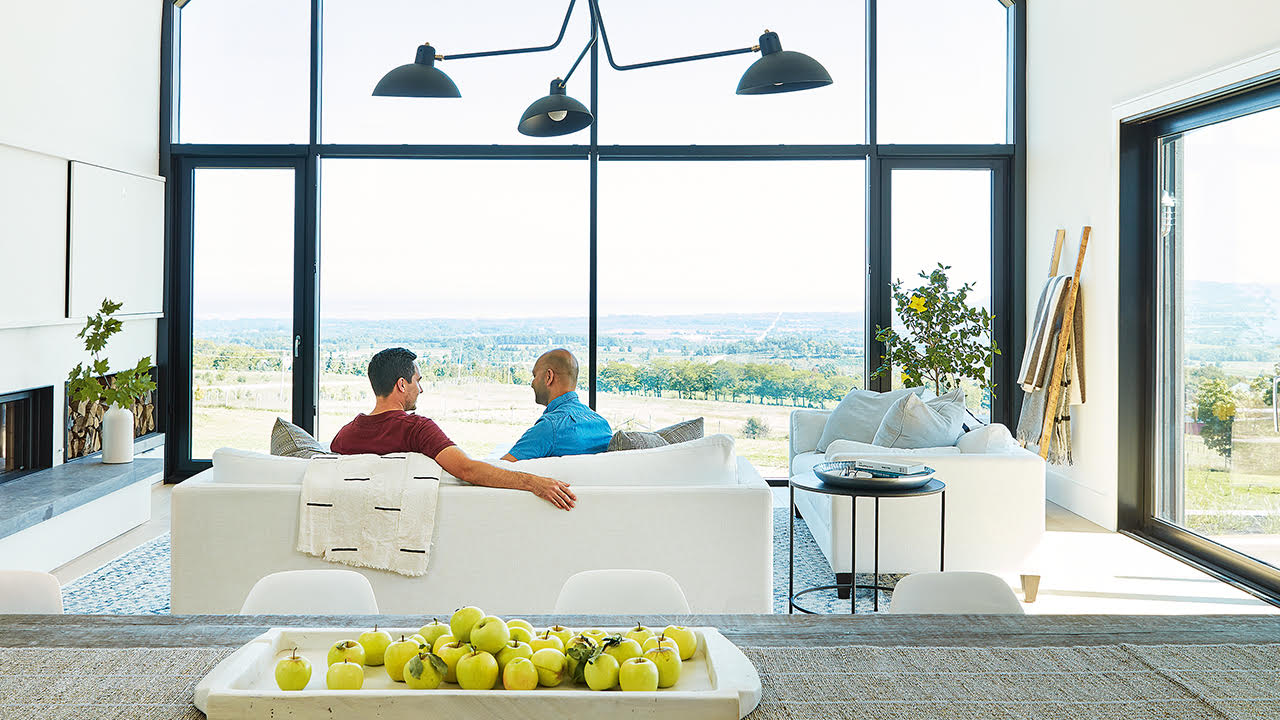
If you’re looking to dip your toes into sustainable design but don’t know where to start, you’ve come to the right place. We’re sharing advice from some of the top experts and designers in Canada — from Goodee‘s Byron and Dexter Peart, to Meg Graham and Andre D’Elia, co-principals of buzzy architecture firm Superkül and designer Kelly Anderson, who coaches homeowners on the art of de-cluttering and decorating.
Scroll down for 15+ ways to make your home more sustainable!
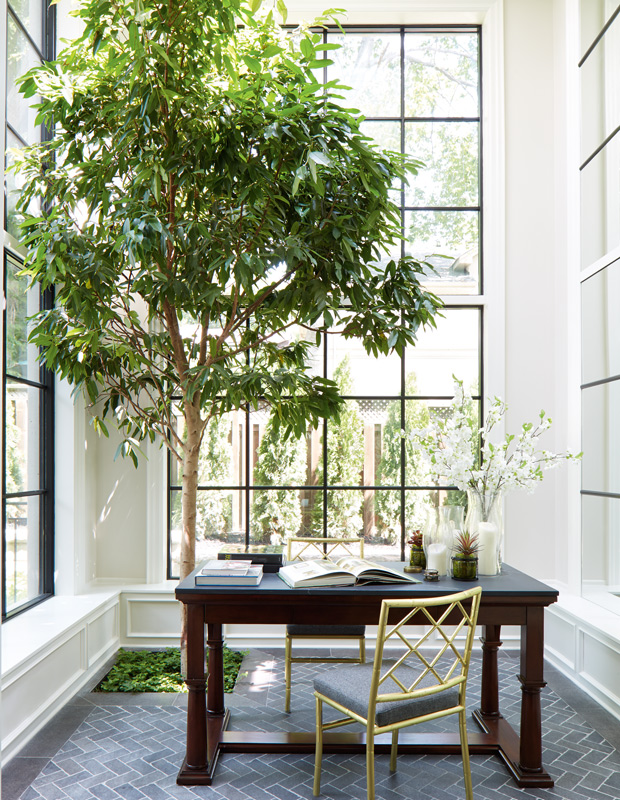
Develop A Green Thumb
Not only does bringing plants indoors create a lush, restorative feel, it also purifies the surrounding atmosphere. “Plants act as a natural air filter,” says Byron Peart.
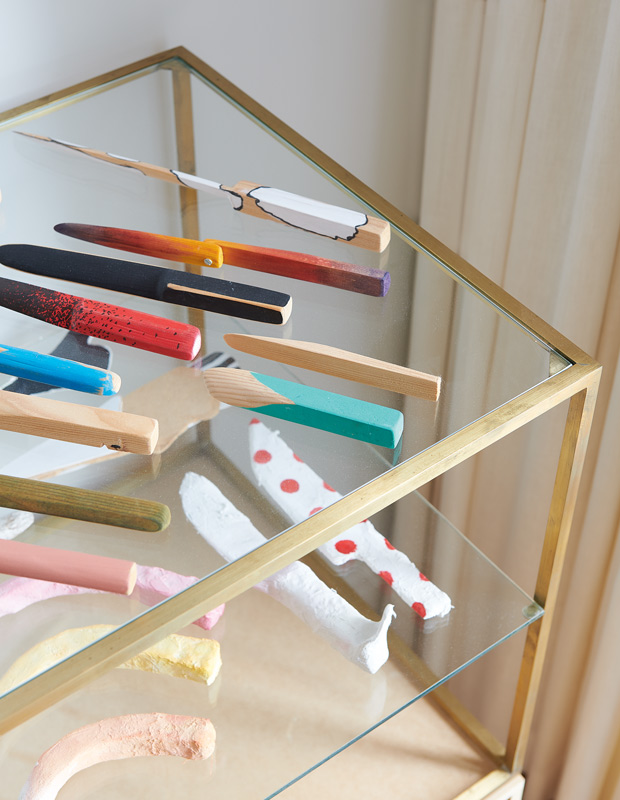
Shop For Second Life Items
“Gradually replenish home products and materials with sustainable and eco-friendly alternatives by looking for items that are made with recycled or upcycled materials,” says Byron. In curator Pamela Meredith’s home, carved knife shapes were inspired from driftwood found on Fogo Island, Newfoundland and Labrador.

Invest In Timeless Pieces
“Be mindful of the longevity of a product when purchasing new furniture or accents,” says Dexter Peart. “Investing in timeless, quality items will ensure they stand the test of time.”

Upgrade To High-Performance Windows
“Sealing any air leaks around windows will increase the air tightness of your home and reduce heat and cooling loss, which means you can lower the thermostat in the winter and don’t have to run the air conditioner as hard in the summer,” says Meg Graham.

Pick Renewable Building Materials
“Renewable materials and materials with lower embodied carbon have a smaller environmental footprint,” says Meg. “Choose wood over steel or concrete where you can — the extraction, manufacturing and transportation of wood products emits less carbon dioxide.”

Save Energy At Home
“You can save significant amounts of energy and money by using a programmable thermostat to reduce energy use in off-hours, overnight and when you are away,” says Andre D’Elia. “There’s also the easy stuff: switching to LED lights, and using blinds or curtains to reduce heat gain in the summer.”

Repurpose Pieces You Already Own
“Often times we have beautiful options for furnishing and decorating in our home already – we just aren’t using them creatively,” says Kelly. “For example, you could use baskets, quilts, your kids’ art or even round placemats as unique wall art. A dining hutch could be painted and turned into beautiful storage for linens in a hallway or bathroom and an old dining chair or stool painted a fun color could work as a bedside table for kids or guest room.”
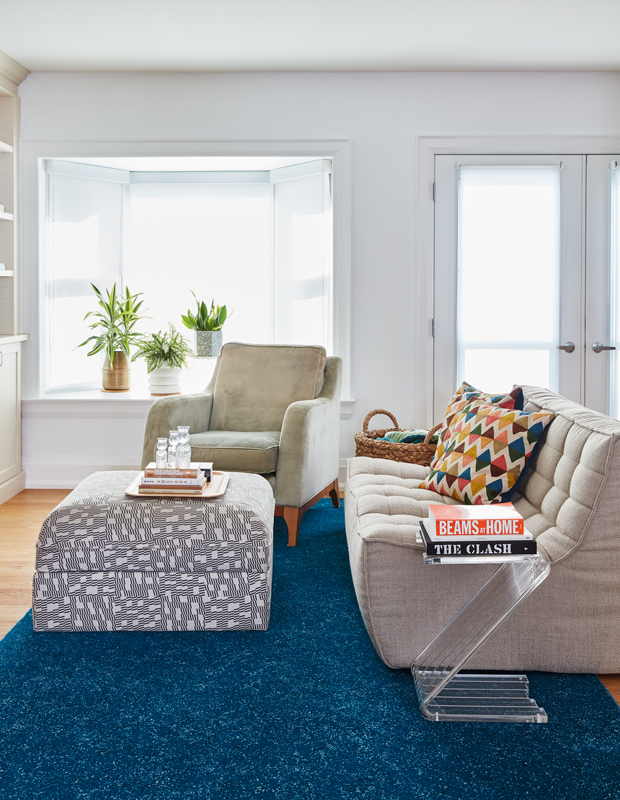
Shop Vintage When You Can
“Buying vintage and antique furniture means you aren’t consuming new goods and it also means you aren’t bringing new toxic chemicals from plastics and man-made fabrics into your home,” she says. “Make it a habit to look for used pieces first.”
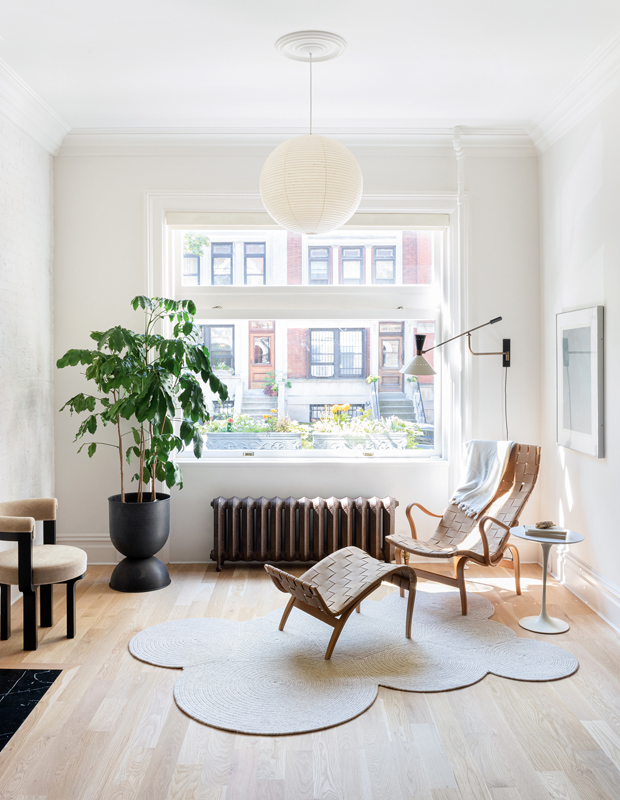
“My design prediction is that we will see the market for vintage furniture continue to grow as people seek out more unique pieces that infuse their homes with soul and set them apart from their neighbors. It’s also a more sustainable choice.” – Emma Reddington
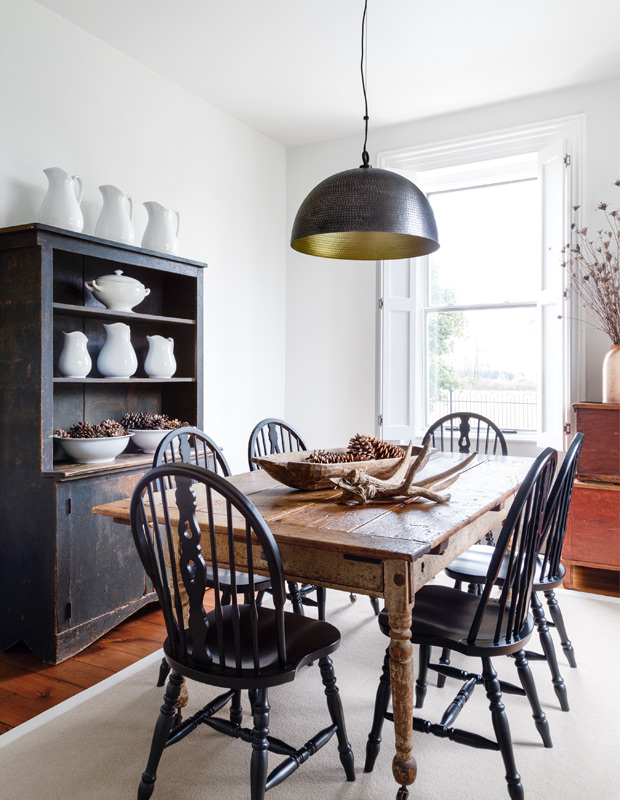
Decorate Using Nature
“Birch branches leaning in a corner, a wood stump stool from a local maker, and even interesting rocks on a tray are naturally beautiful and become conversation pieces,” says Kelly. “Pick up things from vacations like shells and sea glass, and display them in jars on a shelf or use salvaged driftwood to add texture and warmth to a wall.”
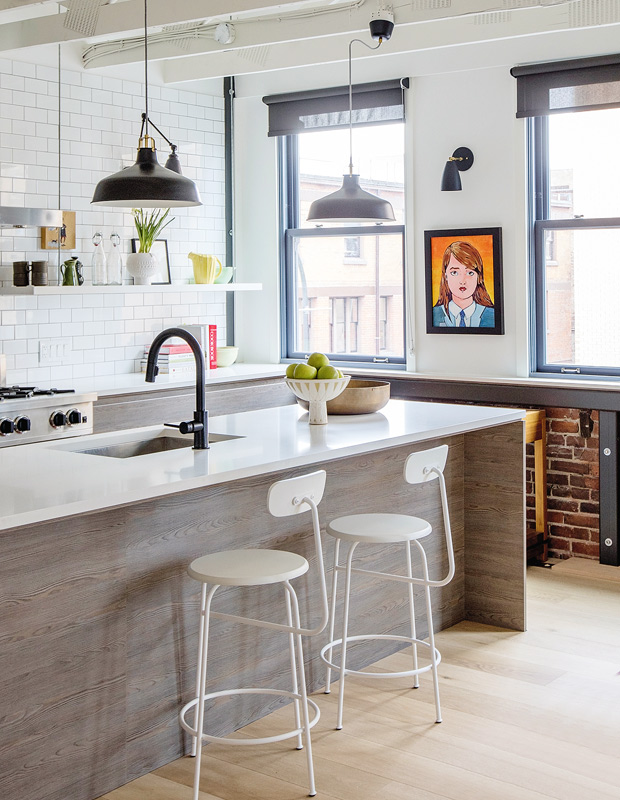
Opt For Eco-Friendly Flooring & Countertops
“When the time comes to upgrade or switch out design elements like countertops, look for composite or bio-glass counters made with recycled glass or paper,” says Kelly. “Natural cork flooring in Perth is a sustainable option for flooring, as is recycled hardwood and linoleum, which is biodegradable and made from rapidly renewable materials.”
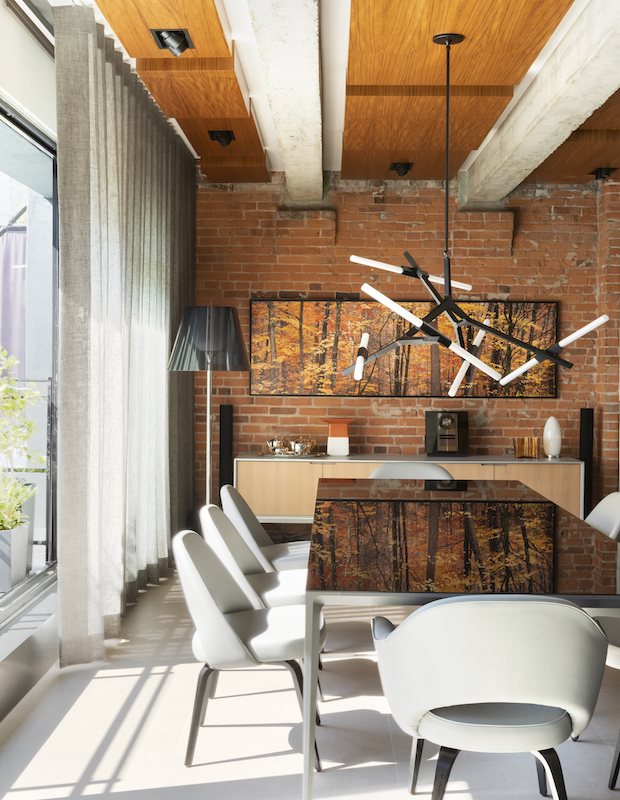
Avoid Fast Furniture
“We’ve always had a strong emphasis on durability in our work, and now clients are requesting more information about the products going into their homes. Something we’re over is fast furniture.” – Chad Falkenberg and Kelly Reynolds of design studio Falken Reynolds.
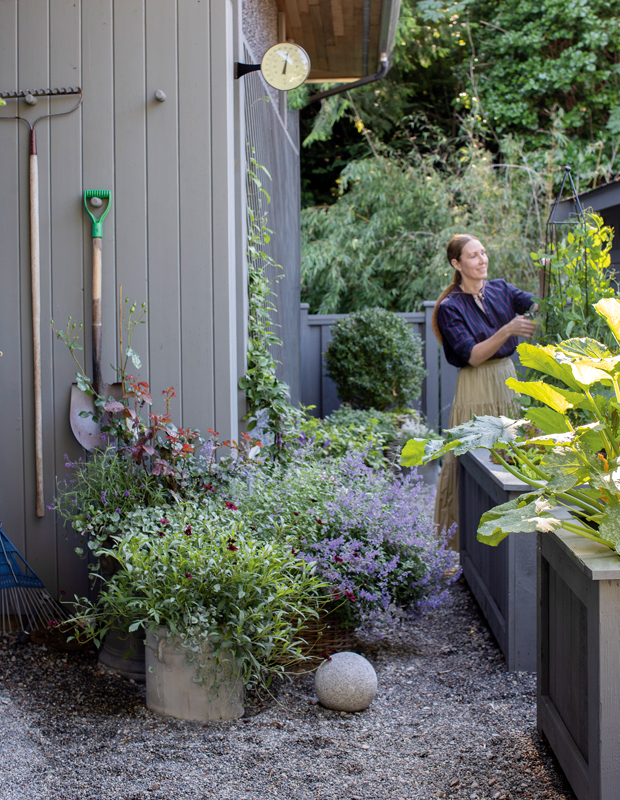
Build An Herb and Vegetable Garden
Designer Rosie Daykin built a walled-in garden during one of the many COVID lockdowns. Harvesting your own herbs and plants is one of the best ways to support a sustainable lifestyle. “I’m attempting to figure out gardening with the help of books and tutorials,” she says.
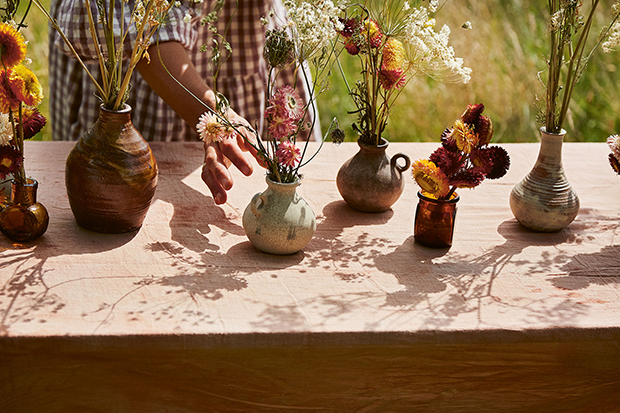
Create Dried Floral Designs Using Old Flowers
In the new book Flowers Forever: Celebrate the Beauty of Dried Flowers with Stunning Floral Art, author Bex Partridge shares advice on working with flowers, including preserving them for future use. “I aim to inspire you and show you how to work with materials throughout the seasons to lift your home environment or special occasion by creating sustainable, long-lasting installations,” she says.
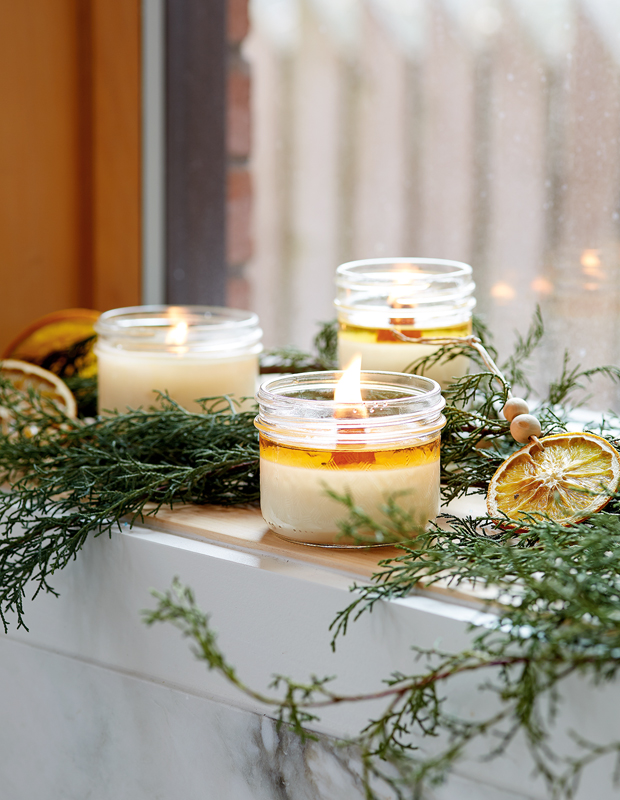
Create Your Own Hand-Poured Candles
Designer Alison Milne has an eye for sustainability and longevity. When it comes to designing her own home, she does it with these principles in mind. During the holidays, Alison makes hand-poured soy candles in reclaimed glass jars. “We use a large wood wick so you can hear it crackle, then add a few drops of our favorite essential oils.”
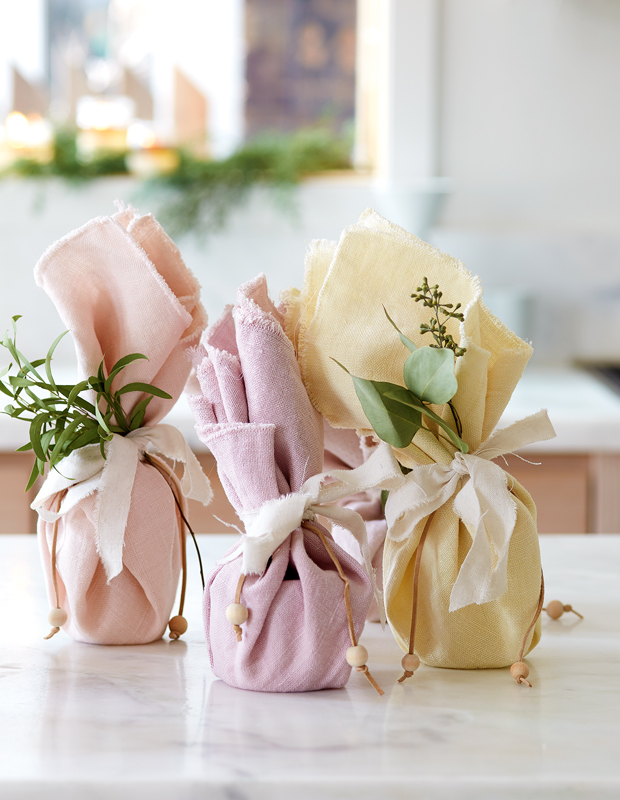
Use Reusable Gift Wrap
Alison creates her own line of reusable gift wrap by dying Belgian linen with turmeric, avocado pits and blackberries. “The colors are unique, and we end up with wraps that double as hand towels,” she says.
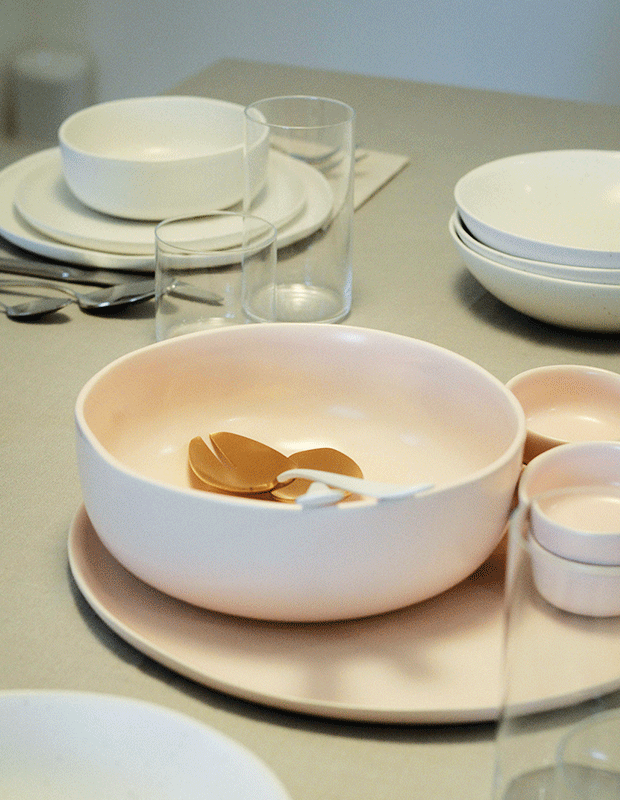
Switch To Sustainable Housewares
In addition to your furniture, consider the items you use on a regular basis. Fable offers a beautiful collection of sustainable stoneware, table linens and glassware that also happen to be pretty on every table. “We wanted people to be able to see the hand-finished details, and the subtle imperfections in the glazing, shapes and edges that make them so beautiful,” says Sung Lee, Fable’s creative director.
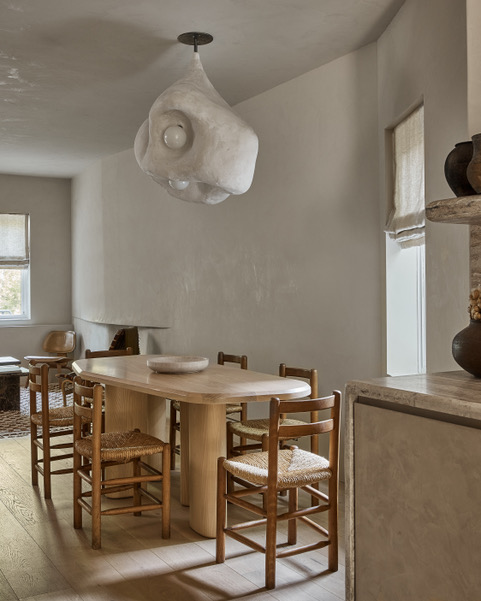
Switch To Handmade Materials
“We are seeing a move towards more hand-made materials and products in design. COVID’s impact on the supply chain and delivery timelines has required us to look at alternative options, moving away from mass produced decor and materials to more local or artisinal partners that can create something unique for the client (and often quicker). The sculptural plaster light you see hanging in this space was made by a Canadian artist, Kit King — rather than picking something from a big box store we worked with the client on something super unique that acts as a functional art piece.” – Montana Labelle.


